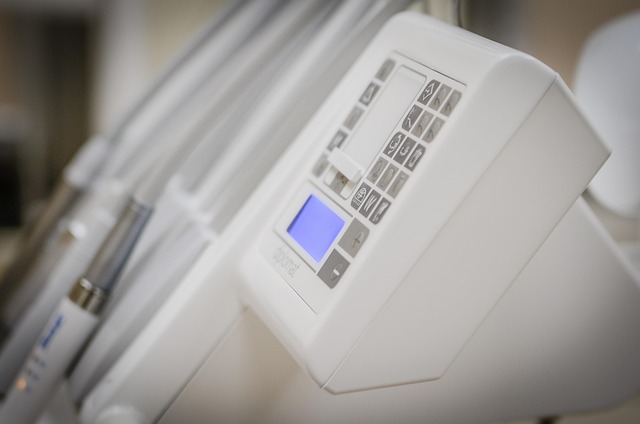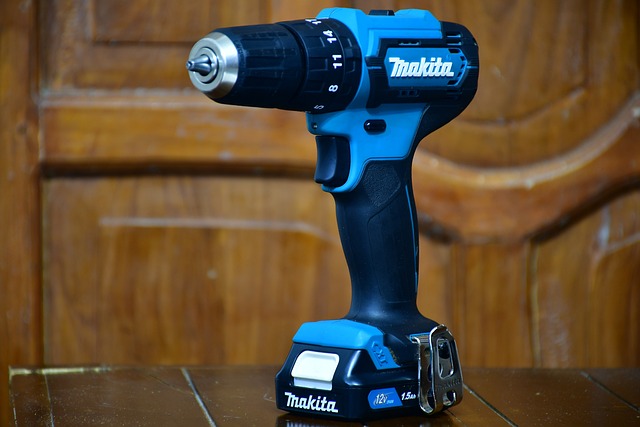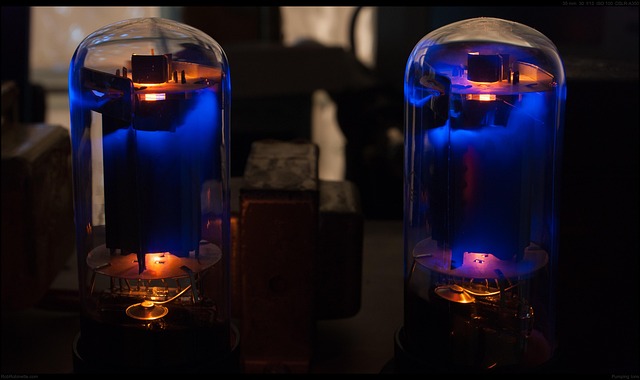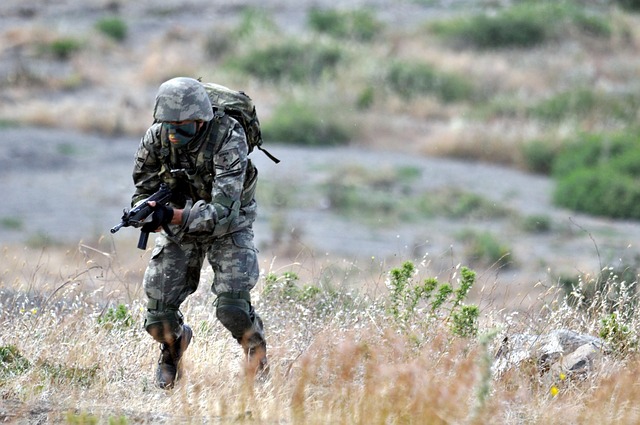Emergency response dome simulators revolutionize crisis management training by recreating diverse, realistic scenarios in a safe environment. These advanced tools enhance problem-solving, decision-making, and team coordination through virtual exercises, optimizing preparedness for fires, chemical spills, and oil rig disasters. By providing hands-on experience without risks, the simulators foster adaptability, quick response times, and effective crisis management strategies. Regular maintenance ensures optimal performance, allowing continuous improvement of emergency response training.
“In today’s high-stakes world, preparing for maritime emergencies is non-negotiable. ‘Understanding Emergency Tanker Dome Drills: A Comprehensive Guide’ delves into the heart of this critical training method. We explore how dome simulators, as advanced emergency response tools, revolutionize preparation. This article guides you through the key benefits of using prop for realistic practice scenarios, from enhancing crew proficiency to ensuring swift, effective responses. Discover essential tips for setting up immersive training environments and gain insights from industry experts who have successfully implemented these strategies.”
- Understanding Emergency Tanker Dome Drills: A Comprehensive Guide
- The Role of a Dome Simulator in Enhancing Emergency Response Training
- Key Features and Benefits of Using Prop for Practice Scenarios
- Setting Up an Effective Training Environment: Tips and Considerations
- Real-World Applications: Success Stories from Industry Experts
- Best Practices for Maintaining and Updating Your Emergency Response Dome Simulator
Understanding Emergency Tanker Dome Drills: A Comprehensive Guide

Emergency Tanker Dome drills are specialized training sessions designed to prepare and test the capabilities of emergency response teams in unique and challenging scenarios. These exercises simulate real-world emergencies within a controlled environment, utilizing an emergency response dome simulator—a cutting-edge technology that recreates various crisis situations. By immersing participants in these virtual scenarios, the drill aims to enhance their problem-solving skills, decision-making abilities, and overall team coordination.
The comprehensive guide for these drills outlines a structured approach, ensuring every aspect of the emergency is accounted for. It covers different types of simulations, from fire hazards and chemical spills to oil rig disasters, allowing teams to adapt and respond accordingly. This diverse range of scenarios prepares them for unexpected events, fostering a culture of adaptability and quick thinking among crew members. Through regular practice with the emergency response dome simulator, response times are optimized, and strategies refined, ultimately contributing to more effective and efficient crisis management.
The Role of a Dome Simulator in Enhancing Emergency Response Training

In today’s digital era, the integration of advanced technologies in training has become paramount for enhancing emergency preparedness. One such innovation is the use of an emergency response dome simulator. This immersive tool serves as a game-changer in honing critical skills required during hazardous situations, such as chemical spills or oil rig disasters. By recreating realistic scenarios within a controlled environment, the simulator allows trainees to navigate complex labyrinths of confined spaces and tight corners—an advantage over traditional flat-screen training methods.
The emergency response dome simulator offers a multitude of benefits. It enables professionals to experience hands-on situations, practice decision-making under pressure, and coordinate emergency response strategies in a safe setting. Moreover, the dynamic nature of these simulations ensures trainees are confronted with diverse challenges, fostering adaptability and quick thinking—essential qualities for effective crisis management. In terms of revolutionizing training methods, this technology is sure to leave a lasting impact on how we prepare for and respond to emergencies.
Key Features and Benefits of Using Prop for Practice Scenarios

Using props and replicas in practice scenarios for an emergency response dome simulator offers numerous advantages. These realistic simulations are designed to mimic real-world conditions, allowing teams to prepare for various crises with enhanced accuracy. Props can represent hazardous materials, structures, or environments, providing a safe and controlled environment to test procedures and strategies without risking personnel or property damage.
They enable participants to gain hands-on experience, improve coordination, and refine decision-making skills. Additionally, props facilitate debriefing by offering tangible examples for analysis, ensuring lessons learned are more profound and memorable. This immersive training approach enhances overall team preparedness, making them better equipped to handle real emergencies with confidence and efficiency.
Setting Up an Effective Training Environment: Tips and Considerations
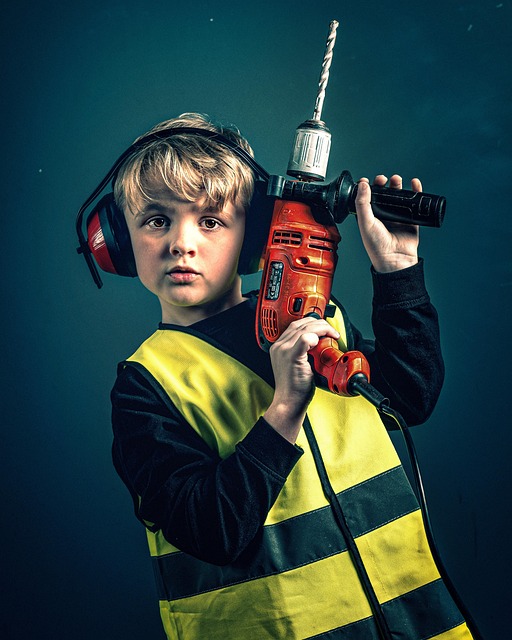
Creating a realistic and engaging training environment is key when preparing for emergency situations with an emergency response dome simulator. Start by choosing a space that closely mimics the conditions expected during an actual crisis, such as a confined area or a hazardous location. This could be an industrial warehouse or even a custom-built chamber designed to replicate diverse environments.
Ensure the setup includes relevant props and obstacles that challenge responders’ skills. These might include mock equipment for handling dangerous materials, mannequins representing victims in various scenarios, and realistic lighting and sound effects to enhance immersion. Consider incorporating feedback mechanisms to allow trainees to learn from their experiences, making each drill a valuable opportunity for improvement and refinement of emergency response strategies.
Real-World Applications: Success Stories from Industry Experts

In the dynamic realm of emergency preparedness, the emergency response dome simulator has emerged as a game-changer, revolutionizing how industries train and respond to critical situations. These innovative simulators, designed to mimic real-world environments, offer immersive training experiences that are both cost-effective and highly effective. Industry experts have attested to their success in enhancing emergency response capabilities, especially in hazardous material handling and chemical spill scenarios.
One of the key advantages is their ability to replicate complex, high-risk situations without endangering lives or resources. For instance, oil and gas companies have leveraged emergency tanker dome simulator drills to prepare their teams for potential tank failures and subsequent containment challenges. These simulations enable professionals to practice rapid response strategies, improve team coordination, and make critical decisions in a controlled setting. As a result, real-world incidents have shown decreased response times and better overall management of emergency situations.
Best Practices for Maintaining and Updating Your Emergency Response Dome Simulator

Regular maintenance is key to ensuring your emergency response dome simulator remains effective and reliable for training purposes. Before each session, inspect all components for signs of wear or damage. Replace any faulty parts immediately, especially in the event of mechanical issues with the dome’s movement or lighting systems. It’s also crucial to calibrate sensors and controls periodically to guarantee accurate simulations.
When updating your simulator, stay current with technological advancements. Incorporate new features that enhance realism, such as improved audio-visual effects, advanced hydraulics for more dynamic scenarios, or customizable programming for tailored emergency responses. Keep detailed records of maintenance and updates for easy reference, allowing you to track changes and their impact on the overall performance of your emergency response dome simulator.



